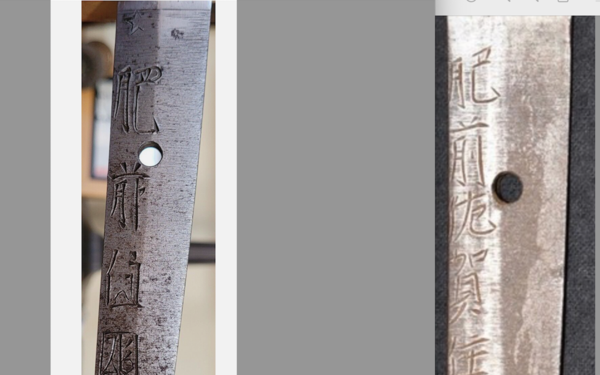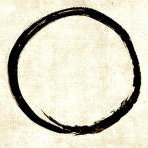Leaderboard
Popular Content
Showing content with the highest reputation on 10/06/2025 in Posts
-
You see the elongated mei format from the Hizen smiths, both from the original Tadayoshi school and in the later Hizen (no) kuni gendai group.5 points
-
Steven, I’m sure you’ve been told this a million times before, but there is a Military Swords of Japan section on this forum. So why do you keep posting here? I’m tired of seeing your posts in ALL CAPS! You are buying and selling swords(for years...)...Instead of constantly depending on others with zero contribution to this forum, why not try learning on your own first and come to your own conclusions?5 points
-
4 points
-
In order to give you a visual idea what separates a masterpiece from the better-than-average work, I'd like to show you a comparison. One blade is a masterpiece by Osafune Mitsutada made around middle of Kamakura-period. It airs a supreme yet relaxed mastery of forging and tempering in all aspects; dignity as well, if you want. The other blade is a work of Edo Ishido Tsunemitsu from Kambun-era. It is a very well made blade with brightly shining nioi-guchi, utsuri and all traits of a good choji-midare hamon. (The images were made by master-polisher Fujishiro Okisato and show the real nioi-guchi without hadori-finish) One blade I call a masterpiece; the other a very well made blade. Hope this is is helpful. reinhard4 points
-
Hi Steven @Swords you certainly bring a lot of swords 'to the table' and that is always interesting thanks. However seeing were a little off topic anyway ... have you ever considered becoming a GOLD member? ... that would help the Forum in a tangible way.3 points
-
Okay- teasing you a bit: you want a simple grand formula, then go with E=mc^2 More serious: with each school and each maker, there are _SOFT_ rules about size, shape, finish, and %_percentage of seppa dai vs total volume displacement of the tsuba. The seppa dai size is partially constrained by the surface area displacement of the saya and the tsuka. A tsuba with a seppa dai so much larger than the saya and tsuka face displacement = looks weird and unaesthetic. At least amongst the Higo schools, certain schools and certain generation had specific rules. Thus the seppa dai is a very important kantei point amongst Higo schools. This is also true of Akasaka tsuba. This tsuba has a seppa dai and hitsu ana % that is greater than almost anything seen from 1500 to 1910. It has ratios only seen in tanto tsuba, but it is definitely not a tanto tsuba. The far most likely reason you might end at this sort of ratio is if you are creating a tsuba for display that is not meant to be mounted, free of mounted aesthetics, .....----or is for a massively thick non-Momoyama/Edo saya and tsuka. Therefore: either it is a very eccentric late Edo or Meiji era tsuba, or it is a 20th century work. Those are my thoughts.3 points
-
Signatures of this level ChatGPT translates with 90% accuracy. Bishu Osafune ju Sukesada. Its a lower grade signature which is somewhat roughly executed, but can be real and the blade sort of looks like late Muromachi. P.S. Chatgpt more often than not does good job on papers, sayagaki and books as well.2 points
-
"I often wonder, how much control the smiths had - and, how much is happy accident." When it comes to swords, mastery is defined by control. It is different with tea-cups, for example. Accidental results beyond control during the burning process can enhance the value of a tea-cup. This is not the case with swords. reinhard2 points
-
For sale: Yasukuni shrine sword signed Yasuoki and dated 1942 with NBTHK Hozon 25” nagasa. The sword is accompanied by type 98 koshirae with mon and field grade officers tassel. Blade and mounts are in excellent condition. Leather tsuka cover is ripped. The sword is in original polish resting in a fresh shirasaya. All fittings are stamped with the #13 and everything fits nice and tight. I’ve had this sword in my collection for a few years now and feel it’s time to parts ways. The same way I got it is the same way I’m selling it. It’s a beautiful package in excellent condition with lots to enjoy. If you need anymore pictures or have any questions feel free to ask. 靖興 Shimazaki Yasuoki (1916 - 1986) Born in Taisho 5 (1916) in Kyochi Prefecture. Teacher was Yasutoku. Recruited by Yamaoka who was looking for new swordsmiths from Kyochi. Joined the NTK in Showa 10 (1935) as a sumikiri (charcoal cutter) and in the same year became Yasutoku's sakite. Became a Yasukuni tosho in Showa 15 (1940) and moved after the war to Kotohira in Shikoku. Began swordmaking in Showa 41 (1966) and died in 1986. Produced about 750 blades at Yasukuni. located in New York price: $7500 plus shipping pictures in link https://imgur.com/a/m1MJvi62 points
-
A quick look at the first two pictures of this tsuba and I expect many of you will jumping up and down shouting ‘Easy! Echizen Kinai tsuba of aoi leaves.’ Just like the one I’ve included for comparison signed Echizen ju Kinai saku. Problem with my tsuba is the it is probably shibuichi and mumei (Kinai were never shy about adding signatures). The tsuba is 7.2 cm x 6.9 cm x 0.4 cm, Weight: 132 g and is essentially a standard Echizen aoi design. The tsuba is almost totally symmetrical about the vertical axis, having two kogai hitsu ana and matching tagane around the nakago ana, making assignment to the omote or ura impossible. The inlay karakusa scrolls are the same, but the raindrops on the leaves differ. So who made it? I have never seen a shibuichi Kinai tsuba, but this does not mean they did not make any. The quality looks above their standard output, so why not sign it? Best explanations I have are that maybe it was made for a high-ranking samurai, by another workshop, who liked to wear a bit of bling on formal occasions but still wear the tsuba design that lesser ranks used, or it was made by a kinko artist as a copy of an iron Kinai tsuba to make a more saleable product for the Western market. Either explanation would explain the lack of wear. Look forward to your comments. John Just a guy making observations, asking questions and trying to learn1 point
-
1 point
-
So I got a package a while ago from my dear friend Kazuhiro Hayashi, who as many of you know had recently passed. In the package, a bare blade, no fittings. . He did this from time to time, sending me unusual pieces that he thought I would be Interested in. I like the odd sort of things. Its a Wakizashi with just shy of a 22 inch Nagasa and a deep bohi running the lengh of the blade into the nakago. The sori is about 1/3 inch measured from the Mune machi. It has a very very slight bend but I think that could be sorted by someone who knows how. The polish is not great, but some of the details are visible. Of note, the Hamon is all over the place, which is why I think he sent it to me to begin with. No clear pattern. There is a lot of activity. Big Nie crystals. Lots of sunegashi all up and down the blade. I cant really see much of the hada. It is signed. KUNIHIRO. old style kanji. The nakago does still have some yasuri mei, and there are 3 mekugi ana. one was plugged, one towards the bottom looks recent, and the main looks to be hand punched. I'll post up some pictures and we can all have a discussion about it and what I should do with it next. I'm considering full restoration considering the personal meaning it has.1 point
-
Double post... I would say though with Muromachi Bizen its important to show entire nakago since there are quite a few clues to whether its original or not.1 point
-
1 point
-
One thing I struggle to appraise, is the more irregular end of the midare-hamon spectrum. To me, one aspect of a masterpiece is the realisation of the creator's vision. Whether it's Michaelangelo's David, or the Mona Lisa - the the desired end result is more obvious. I often wonder, how much control the smiths had - and, how much is happy accident.1 point
-
This sword has provenance, gold inlayed nijimei "Mitsutada", has been published in at least one book; probably more, but there was only one I could find right away by searching for "Osafune Mitsutada". Its polishing has been sponsored by Japanese government, the whole process has been covered in the journal of Nara Museum of Buddhist Art. Meito? Masterpiece?1 point
-
Hello friends, I have found a high resolution image of the 1928 Oshigata of Honjō Masamune published in Tsuguhira Oshigata. Per Mr. Guido Schiller, it seems that this is the least detailed Oshigata, but it seems to be the one most commonly used for demonstration. Here is the file uploaded to Wikimedia Commons: File:Oshigata of Honjo Masamune (1928).jpg. I have also attached it to this post.1 point
-
1 point
-
Don't know about which smiths made those swords but it was common to have same mei engraver.1 point
-
The problem ares the differences in the tail-like form. Some show a widening at one end, others an even opening. Some have those lines beside, others not. I can’t even decide if it is a positive or negative sukashi. In the last Tsuba the design is part of a bizarre landscape and thus clearly positive opening. I think, in repeated copying of this detail the original idea got lost - or changed. Some of the examples above reminded me to deterioration like worm eaten wood.1 point
-
https://www.jauce.com/auction/v1202758143 Dark images but they show a raindragon on the ura and a village scene on the omote.1 point
-
Dear John. Thoughts not answers but..... Matched hitsu in the form for kogai is not a feature of Kinai work generally. The scrolls are stylistically a little removed from typical Kinai work and seem to be honzogan rather than nunome zogan. The seppa dai is rather koban shaped for Kinai work. Oh, and the fact that Kinai examples usually have the design firmly contained within a mimi. There is this one,https://japaneseswordbooksandtsuba.com/store/tsuba-kodogu/t227-amazing-echizen-kinai-tsuba-5th-generation/ Although the design takes us straight to Kinai I would guess that this is one of those cases where design does not equal school. By the way I love it! All the best.1 point
-
0 points
-
If you’re tired of reading my post than don’t read them! The purpose of the forum is a learning tool for everyone but I do admit getting away lately And I do contribute and plan on contributing more to Brian as we should all0 points
This leaderboard is set to Johannesburg/GMT+02:00


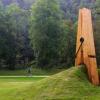
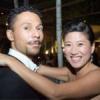

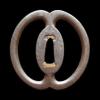





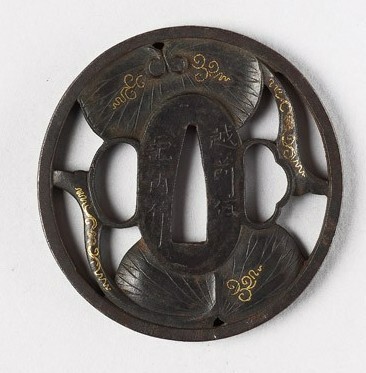

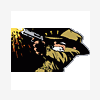
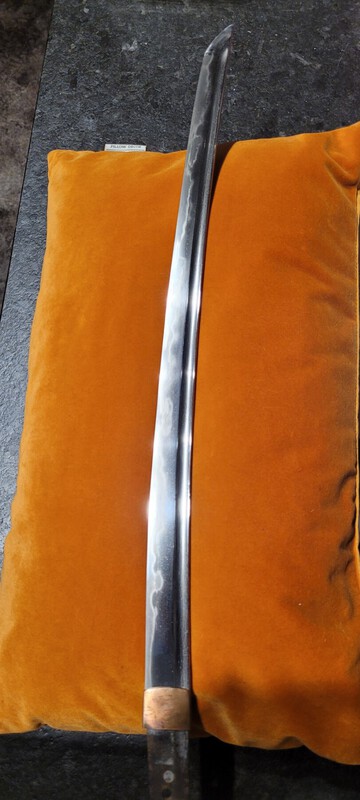

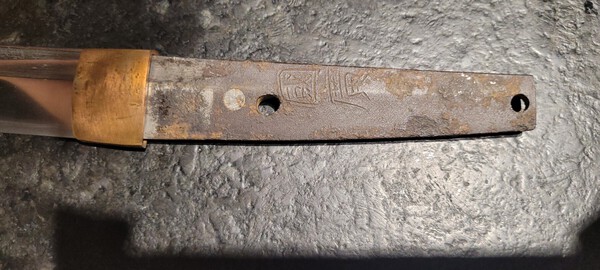

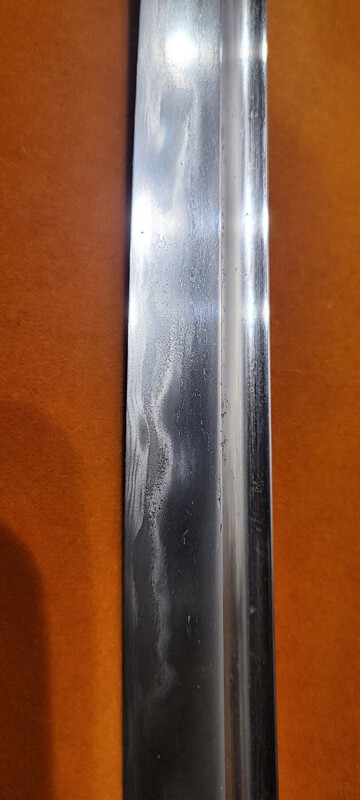
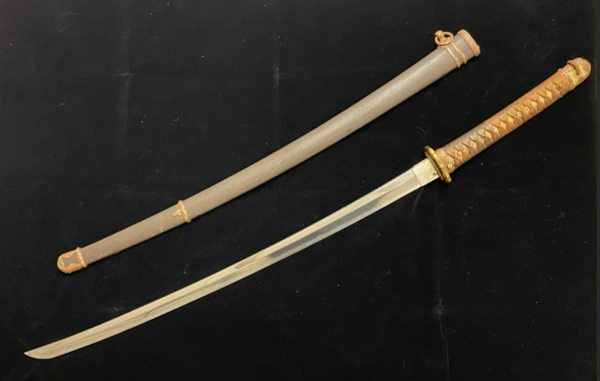


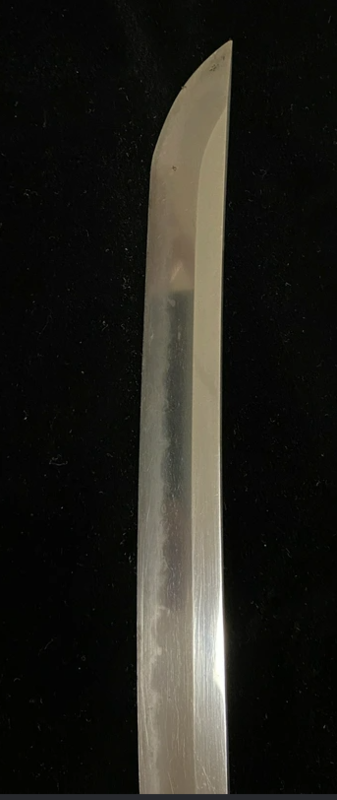



.thumb.jpg.173aca8db590e289f9aaf8c65559f97d.jpg)
